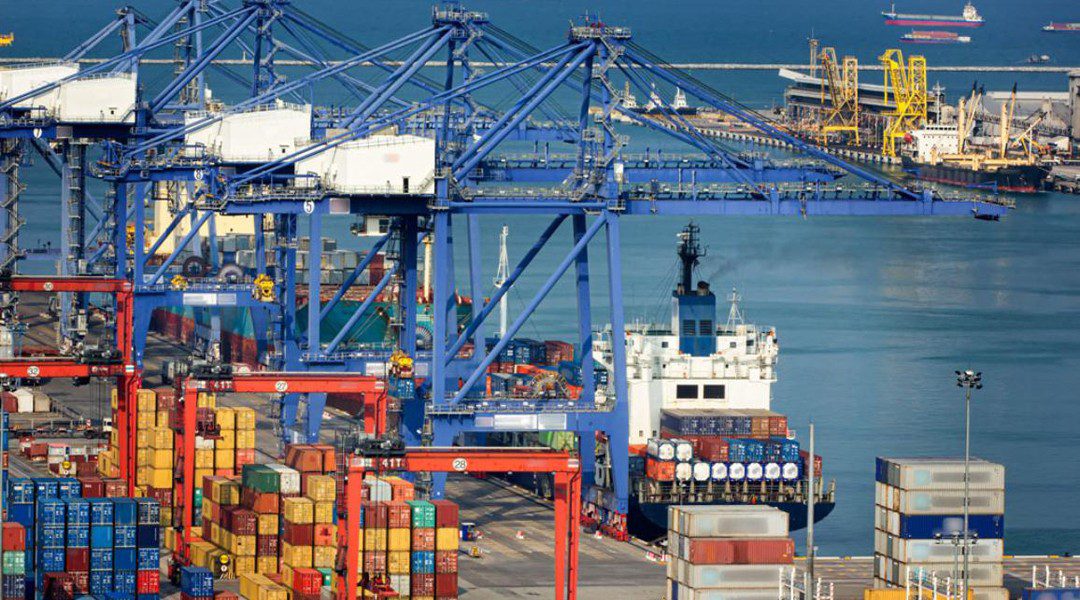Amid the growing energy security concerns due to the current geopolitical crisis, a dispute over wage demands threatens to decrease oil and gas production in Norway this week, as offshore workers are likelyto down their tools unless a settlement is reached prior to the announced industrial action.
Back on Monday, 13 June 2022, Norway’s Lederne union informed that it came up with a potential solution to the wage dispute with the Norwegian Oil and Gas (NOG) association, following negotiations with the help of the Ombudsman. This mediation took place in Oslo on 10 and 11 June, while the negotiated deal was put in place after more than 11 hours of overtime on Sunday, 12 June.
The representatives of the negotiating committee included Audun Ingvartsen (union leader), Liv Spjeld By (Deputy Chairman), Per Helge Ødegård (Equinor), Hans Fjære Øvrum (Equinor), Marte Gundersen (Equinor), Vidar Mostrøm (Neptune Energy), Hilde Kristin Brevik (AkerBP), Olav Bjarne Roksvaag (OKEA), Jarle Halvorsen (Equinor), Tim Fredrik Sæle (Equinor), Bertil Isaksen (Equinor), Thomas Ostermann (Lederne, Secretariat), and Håkon Holo Dagestad (Lederne, the secretariat).
The Lederne’s members were asked to cast their vote before formal endorsement of the proposed solution.
“Whether we can accept the negotiated result or not is up to the members to decide. Although the result has many good elements in it, unfortunately, the financial count was not entirely in line with the members’ expectations of increased purchasing power,” explained Lederne within its statement at the time.
After members of Norway’s Lederne union voted down this wage deal proposal last Thursday, a strike was planned as a result on Tuesday, 5 July 2022.
“With a response rate of just over 67 per cent, the majority of members have chosen to exercise their voting right.The members have said no to the mediation result and the strike will thus be implemented,” explained Lederne.
This applies to a total of 74 members, who work at Equinor‘s three offshore platforms: Gudrun, Oseberg East and Oseberg South.
In its latest update last Friday, the Lederne union revealed that its members intend to step up strike action from Wednesday, 6 July 2022, if no deal is reached in the meantime, elaborating that “there is a dialogue between the parties, but so far it has not resulted in concrete results.”
Lederne disclosed that from 6 June 2022, the ongoing strike will be stepped up to include several members on Equinor’s other three platforms: Heidrun (64 members), Kristin (25 members), and Aasta Hansteen (28 members).
This escalation, entailing 117 workers going on strike the day after 74 workers did the same on three other platforms,would further slash down the oil and gas output in Norway, if the production from these platforms is shut down.
The announcement about the strike comes only days after the European Union and Norway strengthened their energy cooperation, in light of thewar in Ukraineand the EU’s determination toend its reliance on Russian fossil fuels, intending toban almost 90 per cent of Russian oil imports bythe end of the year.
The Equinor-operated Gudrun oil and gas field is located in the central part of the North Sea in PL 025. The production started in 2014 and the oil and gas from the field are transported to the Sleipner A platform via two pipelines for further processing and export.
The Oseberg South platform in the North Sea came on stream in the winter of 2000, while the Oseberg East, situated 25 kilometres northeast of the Oseberg Field Centre, started production in 1999. the Oseberg Field Centre is used to treat oil and gas from the satellite fields Oseberg East and Oseberg South.
The Heidrun field in the Norwegian Sea has been producing oil and gas since October 1995. The Kristin gas and condensate field, located in the south-western part of the Halten Bank in the Norwegian Sea, came on stream on 3 November 2005.
According to Equinor, Aasta Hansteen is the first spar platform on the Norwegian continental shelf – and the largest in the world. The Aasta Hansteen field is located at a depth of 1,300 metres in the Vøring area in the Norwegian Sea, 300 kilometres west of Sandnessjøen. Aasta Hansteen started production on 16 December 2018.






